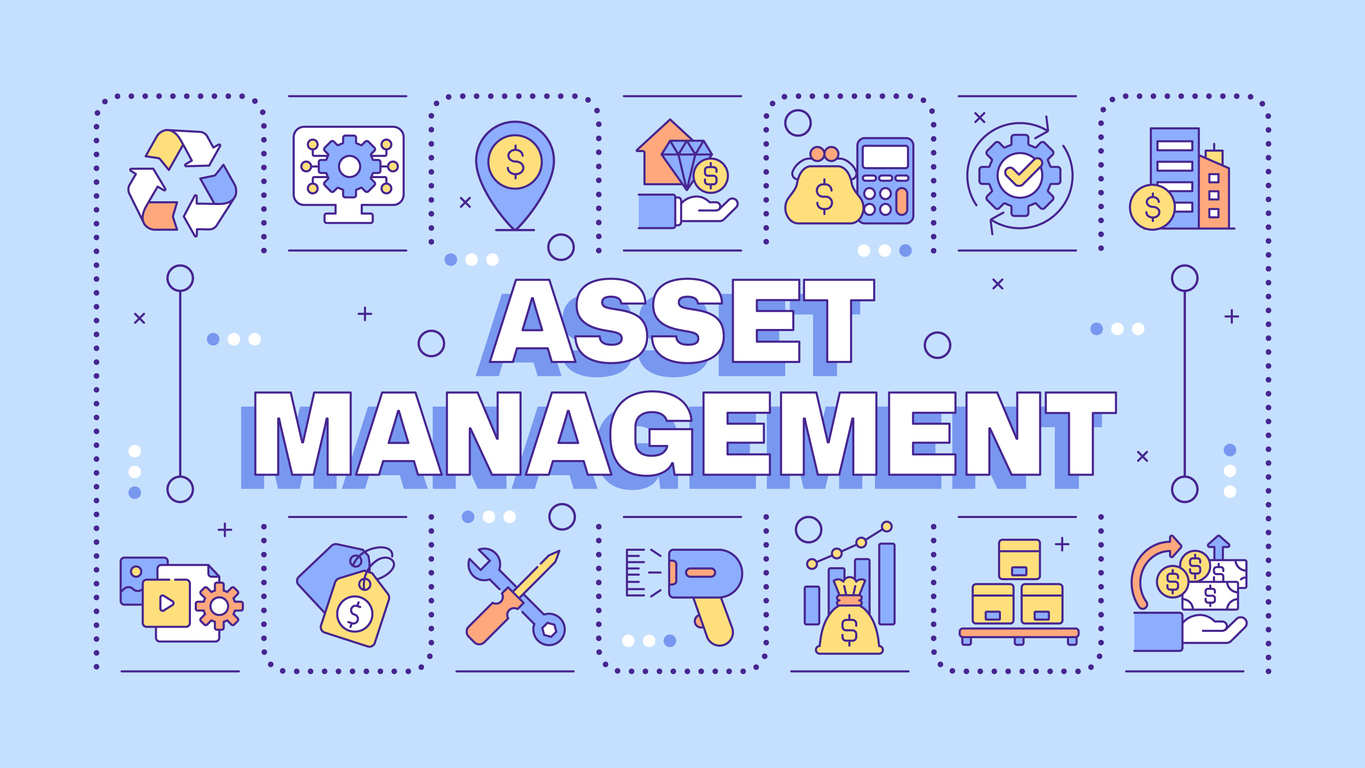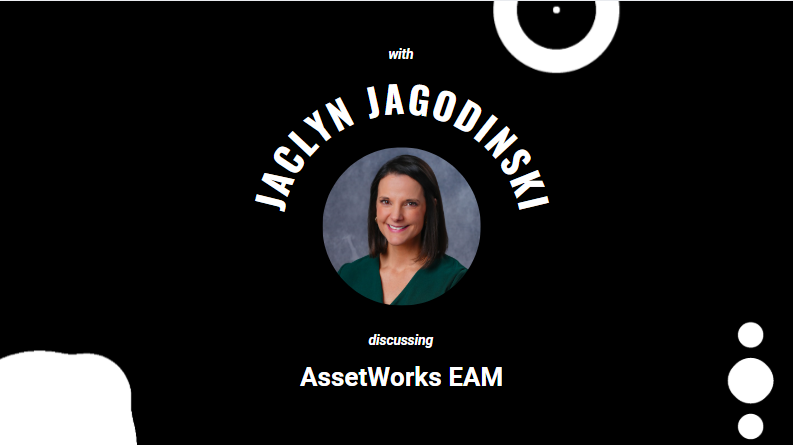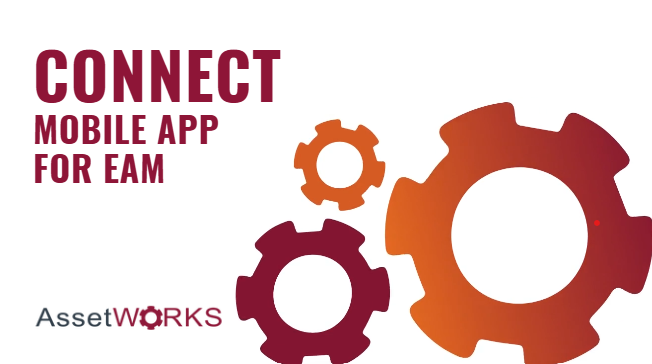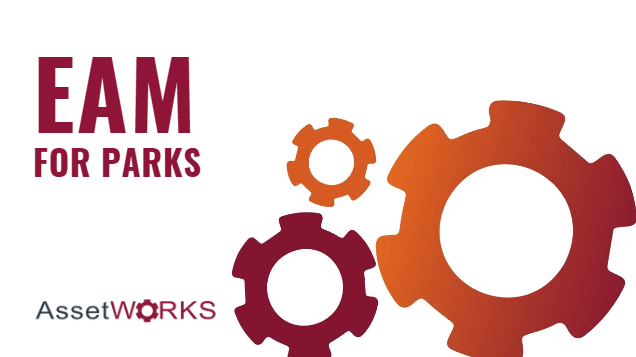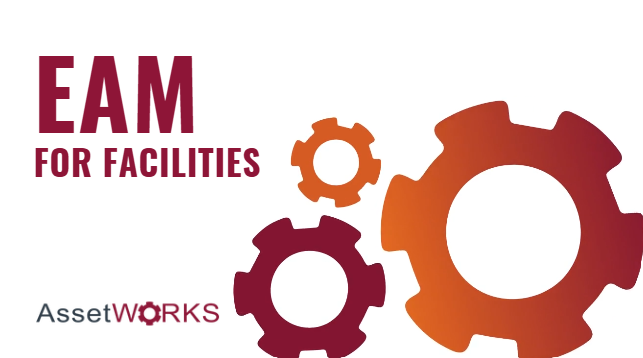As a facility or public works professional, your responsibilities are incredibly diverse. One day, you might be focused on ensuring every swing set and slide in the local park meets stringent safety standards. The next, you are troubleshooting a mission-critical HVAC system in a community center or managing a fleet of service vehicles. You are responsible for everything from sprawling linear assets like trails and pipelines to individual pieces of equipment, and each requires a different approach to maintenance, compliance, and cost tracking.
Juggling these varied assets often leads to significant challenges. You might be using separate software for fleet, facilities, and public works, creating data silos that prevent a holistic view of your operations. Manual reporting can consume weeks of an analyst’s time, pulling information from spreadsheets and disconnected systems just to justify a budget request. Without a unified platform, ensuring compliance, scheduling preventive maintenance, and managing work orders becomes a complex, reactive process that can strain resources and compromise safety.
What if you could manage all of it—from playground inspections to HVAC upkeep, vehicle maintenance, and parts inventory—within a single, integrated system? This is where a comprehensive Enterprise Asset Management (EAM) solution comes in. A unified platform streamlines everything from inspections and work orders to capital planning and reporting, giving you a complete picture of your asset landscape.
Unifying Your Operations with AssetWorks EAM
AssetWorks EAM is a web-based, fully integrated solution designed to consolidate the management of all your assets and maintenance activities into one system. By eliminating the need for multiple, disconnected programs, it saves your staff valuable time and streamlines your entire operation. It is built to handle the complexity and diversity of assets that facility and public works departments oversee every day.
Let’s explore how AssetWorks EAM provides a comprehensive toolkit for modern asset management.
Complete Lifecycle Asset Management
Whether your assets are points (like a generator), linear (like a trail or water main), or boundary-based (like a park), the system helps you manage their entire lifecycle. It provides historical tracking of all maintenance, inspections, and costs associated with an asset, from acquisition to disposal. Automated notifications for preventive maintenance and inspections ensure that nothing falls through the cracks, enhancing both safety and asset longevity.
Seamless GIS Integration
For organizations that rely on spatial data, AssetWorks EAM offers out-of-the-box integration with Esri’s Geographic Information System (GIS). This isn’t just a one-way data push; it’s a bi-directional connection that synchronizes in near real-time. This means your crews in the field can see and update asset information on a map, and that data is immediately available to managers and analysts in the office. This integration provides a powerful visual context for planning work and understanding asset distribution.
Intelligent Work and Service Request Management
The system simplifies how work gets done. It begins with intuitive Service Request Management, allowing staff or even the public to report issues easily. These requests can be quickly converted into trackable work orders. The Work Management module supports planning, assignment, and tracking for both scheduled and unscheduled jobs. You can manage crew work, track timecards, handle vendor work, and even utilize barcode functionality for faster processing.
Mobile-First for Field Crews
Your team isn’t chained to a desk, and your management software shouldn’t be either. The EAM mobile app empowers your crews to enter work order details, complete inspections, and request parts directly from the field. With its store-and-forward capability, technicians can continue working and logging data even in areas without a cell signal. The information automatically syncs once a connection is re-established, eliminating duplicate data entry and delays.
A Glimpse into the Future with Asset Performance Assessment
How do you decide whether to repair or replace an aging asset? The Asset Performance Assessment module uses condition scores—both manually entered during inspections and calculated based on historical data—to help you make data-backed predictions. It can recommend specific maintenance tasks based on an asset’s condition, allowing you to move from a reactive to a predictive maintenance strategy.
Specialized Modules for Comprehensive Management
AssetWorks EAM includes robust features tailored for specific operational needs:
- Parts and Materials Management: Manage your entire inventory, from part records and requests to issues, replenishment, and physical counts. This helps reduce carrying costs and ensures technicians have the parts they need.
- Fleet Management: A dedicated module handles vehicle maintenance, fuel tracking, and even EV charge management, integrating your fleet directly into your overall asset strategy.
- Capital Planning: Use lifecycle data and condition scores to forecast future capital needs, build long-term replacement plans, and justify budget requests with solid evidence.
- Reporting and Analytics: With standard reports, ad-hoc reporting tools, and customizable dashboards and KPIs, you can easily track performance, monitor costs, and share insights with stakeholders.
Real-World Impact: How a Unified System Delivers Results
Moving to a unified EAM system can transform your operations. Here are a couple of examples of what that looks like in practice.
Anecdote 1: Improving Playground Safety and Compliance
A mid-sized city’s Parks and Recreation department was struggling to keep up with playground safety inspections. They used a manual, paper-based system, and inspection reports were often misplaced or slow to be processed. This created a significant liability risk and made audit preparation a nightmare.
After implementing AssetWorks EAM, they created digital inspection forms on the mobile app, complete with compliance checklists. Inspectors now complete their rounds with tablets, capturing photos of any issues and creating immediate work orders for the repair crew. The system automatically schedules recurring inspections and flags any that are overdue. Within six months, they achieved a 100% on-time inspection rate and reduced the time to close safety-related work orders by 25%. During their next annual audit, they were able to produce a complete, time-stamped history of every inspection and repair with just a few clicks.
Anecdote 2: Cutting University HVAC Downtime and Costs
A large university was facing frequent HVAC failures in its older campus buildings, leading to classroom disruptions and high emergency repair costs. Their parts inventory was disorganized, and they often over-ordered common components while lacking critical spares.
By implementing the EAM system, the facilities team mapped out all HVAC units and established preventive maintenance (PM) schedules based on manufacturer recommendations and runtime data. Using the Asset Performance Assessment module, they identified units with declining condition scores and proactively scheduled refurbishments before they could fail. The Parts Management module gave them clear visibility into their inventory, allowing them to optimize stock levels. As a result, they reduced HVAC-related downtime by over 20% and cut their inventory carrying costs by 15% in the first year.
Actionable Tips for a Successful Implementation
Adopting a comprehensive EAM system is a significant step, but a phased approach can make it manageable and ensure a high return on investment.
- Inventory and Classify Assets: Start by creating a complete inventory of your assets. Classify them as point, linear, or boundary-based to structure your data correctly.
- Map Critical Workflows: Identify and document your most important processes, such as service request to work order conversion or emergency repair protocols.
- Pilot with One Department: Roll out the system with a single department or asset type first. This allows you to refine your processes and build a success story before a full-scale launch.
- Define PM Schedules: For your most critical assets, establish preventive maintenance schedules within the system to automate reminders and work order generation.
- Set Up KPIs and Dashboards: Determine what metrics matter most to you (e.g., PM compliance, work order aging, asset downtime) and build dashboards to monitor them.
- Train Crews on Mobile: Focus on training your field crews to use the mobile app. Their adoption is critical for capturing accurate, real-time data.
- Integrate Your GIS Data: If you use Esri, connect it to the EAM system early on to provide valuable spatial context for your asset data.
- Clean Your Parts Data: Before implementing the inventory module, take the time to clean and standardize your master list of parts and materials.
- Standardize Service Requests: Create clear, simple forms and categories for service requests to ensure you capture the right information from the start.
- Review and Refine: Once the system is live, make it a habit to regularly review reports, condition scores, and KPIs to identify areas for continuous improvement.
Simplify Your Operations for Good
Managing a diverse portfolio of assets doesn’t have to be a chaotic, fragmented effort. A unified solution like AssetWorks EAM provides the structure, data, and tools you need to work smarter, enhance community safety, and make cost-effective decisions. By bringing all your asset and maintenance management activities under one roof, you can move beyond fighting daily fires and start strategically managing your assets for the long term.



